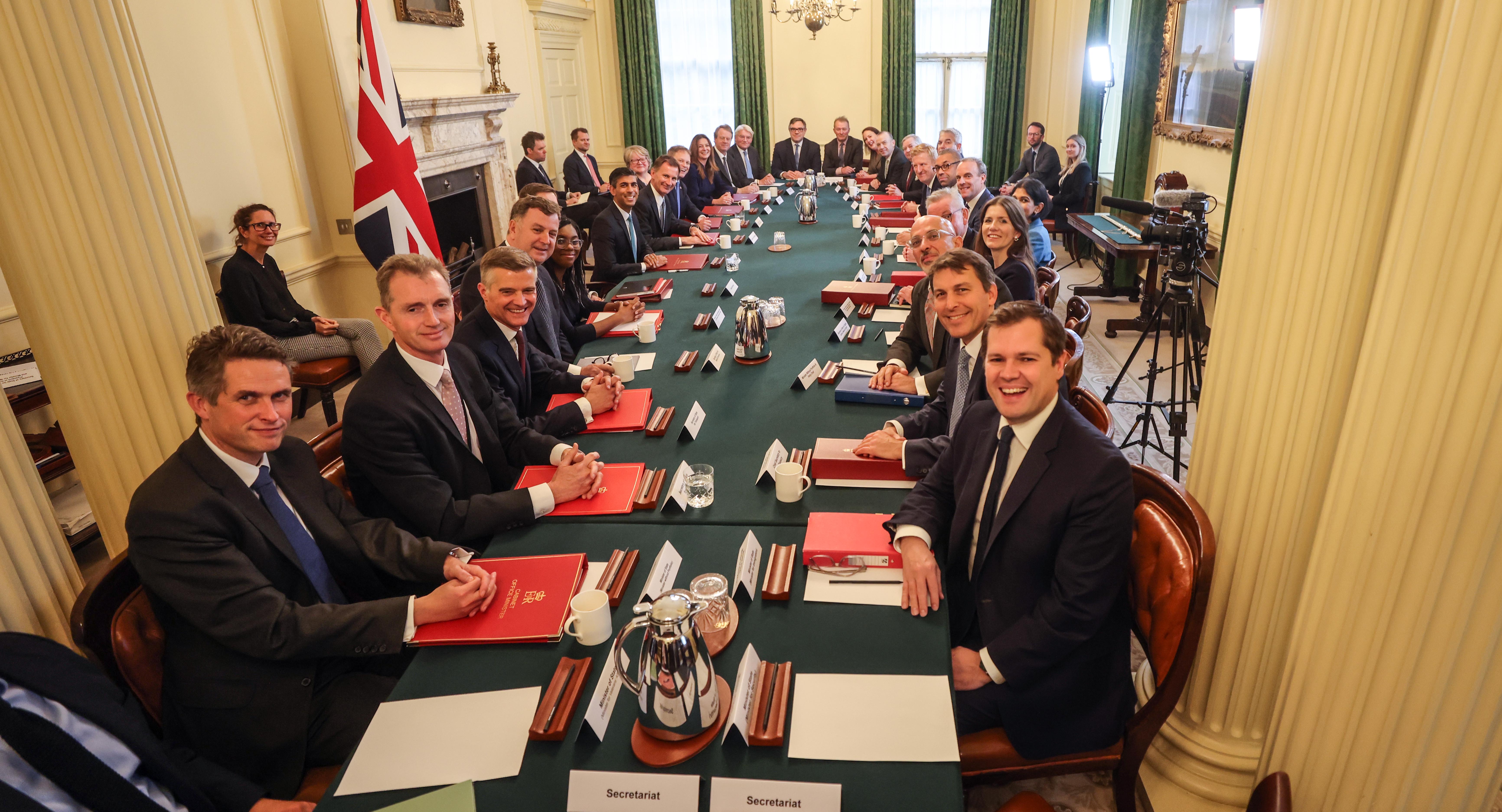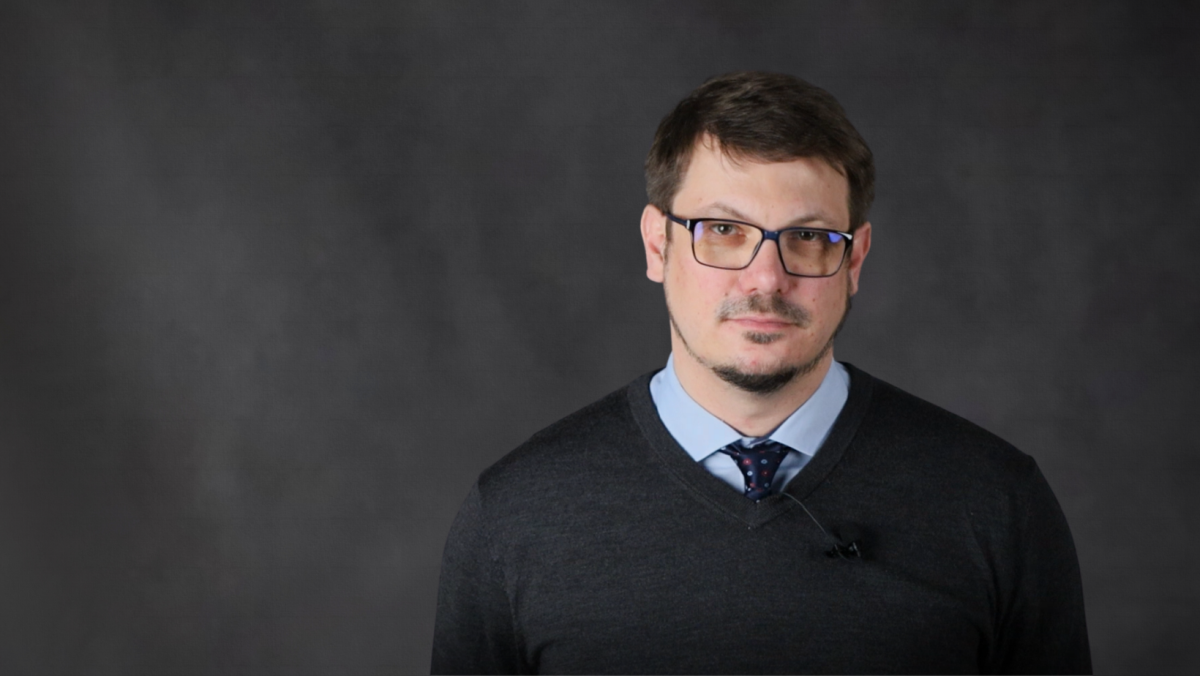Sunak Government Is the Tories' Last Chance
On 25 October, King Charles III entrusted Rishi Sunak, the new leader of the Conservative Party, which has been governing Britain since 2010, the mission of creating a new government. Like the previous Truss cabinet, the new one takes power in the face of the most serious crises in several decades: a weaker economy and threats to European security. In response to these challenges and in the face of the historically low levels of public support for his party, Sunak appointed to his cabinet representatives of all major Tory factions.
 Richard Pohle/News Licensing/Forum
Richard Pohle/News Licensing/Forum
How did the Tories select a new leader?
To be allowed to compete, candidates had to obtain within three days the support of 100 Tory MPs. Sunak was publicly backed by 195 out of 357 MPs, while his competitors, Boris Johnson and Penny Mordaunt each garnered just 59 and 26, respectively. Consequently, on 24 October, Sunak was proclaimed party leader and took over as prime minister the next day. The competition between the three contenders was quickly determined because it was dominated by the strongest competitors to Truss from the previous party competition in July (“extra-time effect”), as well as the critical and fresh memory of Johnson’s premiership. Finally, in the face of financial market volatility and the party’s worst polls in modern history, the Tory establishment insisted on shortening the leader selection process as much as possible.
Who entered Sunak’s cabinet?
The economic departments (Treasury and Business) were taken over by representatives of the party’s centre-left, Jeremy Hunt and Grant Shapps, respectively. Johnson’s supporters are responsible for external relations, with Ben Wallace and James Cleverly remaining defence and foreign secretaries, respectively. The key departments for the pro-Brexit right wing were the Home Office and Northern Ireland Department, which are headed by Suella Braverman and Chris Heaton-Harris, respectively. At the same time, Conservative-progressive Gillian Keegan took over the Department for Education. Truss supporters are represented by Thérèse Coffey as environment secretary (DEFRA). Former Sunak rivals Kemi Badenoch, Tom Tugendhat, and Mordaunt also maintained their positions in the government. Sunak will control the government in cooperation with his supporters—the Justice Secretary and Deputy Prime Minister Dominick Raab, the No. 10 Chief Executive Oliver Dowden, and the Chief Whip Simon Hart.
What does the composition of the new government say about the Tory political strategy?
The composition of Sunak’s government is a function of two basic assumptions necessary to rebuild the Conservative Party’s position. First of all, representatives of all key factions were appointed to the cabinet and some key ministers were preserved to strengthen the internal stability of the government and calm financial markets. Second, Sunak seems to be making efforts to return to Johnson’s winning electoral platform and the 2019 voters’ coalition built around it. The most important challenges for Britons—along with a weakening economy and rising costs of living—are health and immigration policies. In this context, the appointments of Braverman and Raab signal a willingness to implement the restrictive immigration policy preferred by key voters in post-industrial parts of Britain. The appointment of an efficient manager (and Brexiter) Steve Barclay as the health secretary could be viewed in a similar way.
What were the first announcements from Sunak?
The new prime minister’s first public statements illustrate the challenges facing the new government. High inflation (10%), record energy prices until recently, the highest level of public debt in 40 years (around 105%), and a budget deficit (around 20%) necessitate the planning of a budget statement, scheduled for 17 November, around spending cuts and/or tax increases. The dispute over the distribution of these cuts and taxes will affect and involve all ministers. On 26 October, the prime minister refused to confirm the “triple lock” for pensions (affecting the largest group of Tory voters) and the increase in defence spending to 3% of GDP announced by Truss. Therefore, declarations that do not require major spending, such as the expected restriction of immigration (contested by economic departments) and withdrawal from the fracking-rules liberalisation (a concession to traditional Conservative voters from rural districts), are gaining in importance.
What does the new government mean for Britain’s foreign policy?
In a telephone conversation with President Volodymyr Zelensky (the first with a foreign leader), Sunak confirmed his support for Ukraine’s resistance to Russian aggression, but its financial level will be determined by the November budget statement. In relations with the EU, the political crisis in Northern Ireland comes to the fore. It results from the opposition of unionists to the model of implementation of the Protocol on Ireland and Northern Ireland required by the EU. With the expiry of the deadline of 27 October to elect a devolved government, the British government has to schedule snap Northern Ireland Assembly elections for December. Unionists are expected to concentrate their campaign on gaining a mandate to fully block the Protocol in 2024. This puts pressure on the Sunak government to negotiate an agreement with the EU in the near future, and failing that, to complete passing the Northern Ireland Protocol Bill, which will unilaterally modify the Protocol. The bill was adopted by the House of Commons before the summer recess and has recently been introduced in the House of Lords. In the EU’s eyes, its passing into law would constitute a breach of the Withdrawal Agreement. The continuation of the ensuing EU-UK dispute risks paralysing their broader cooperation and sparking a trade conflict.


